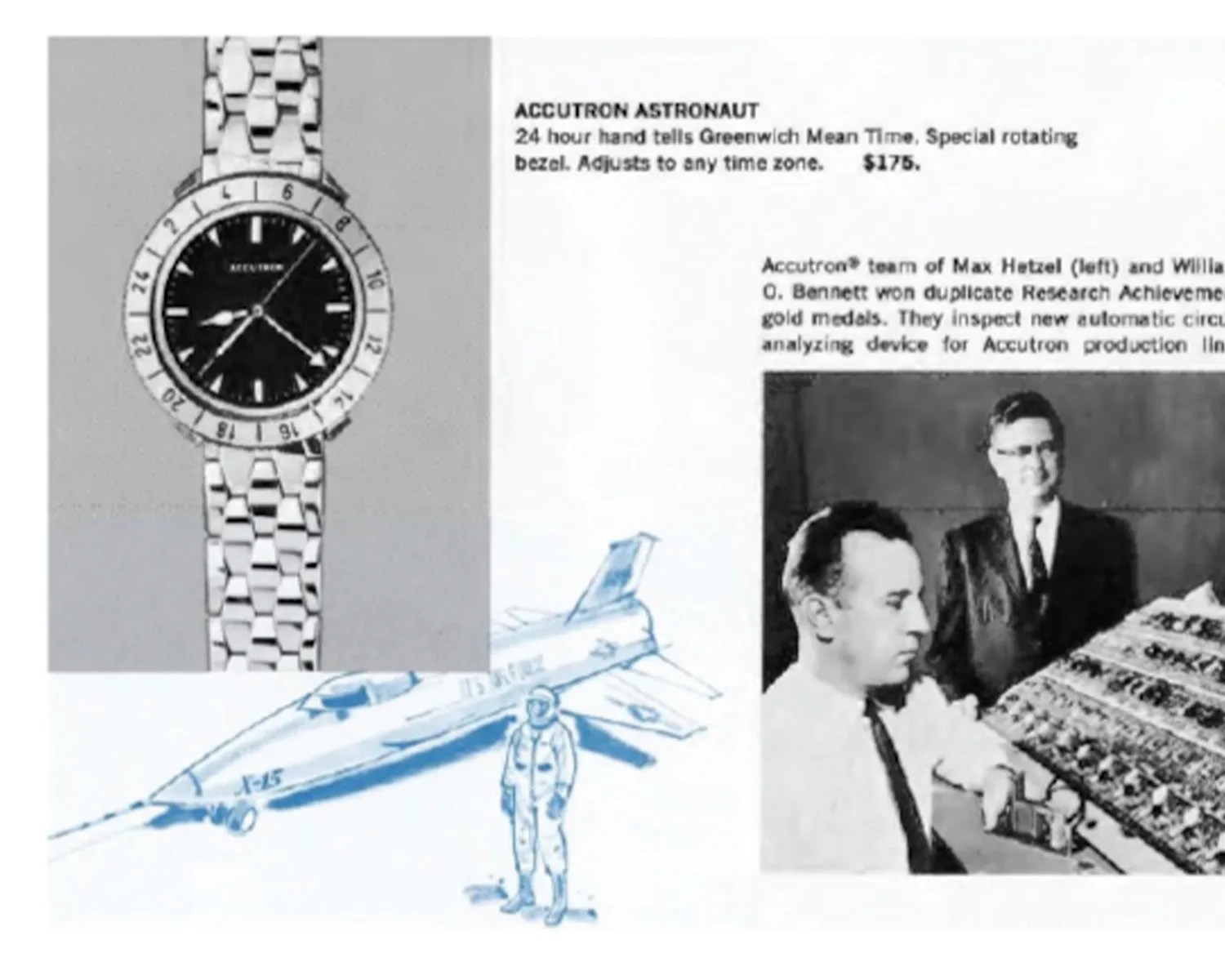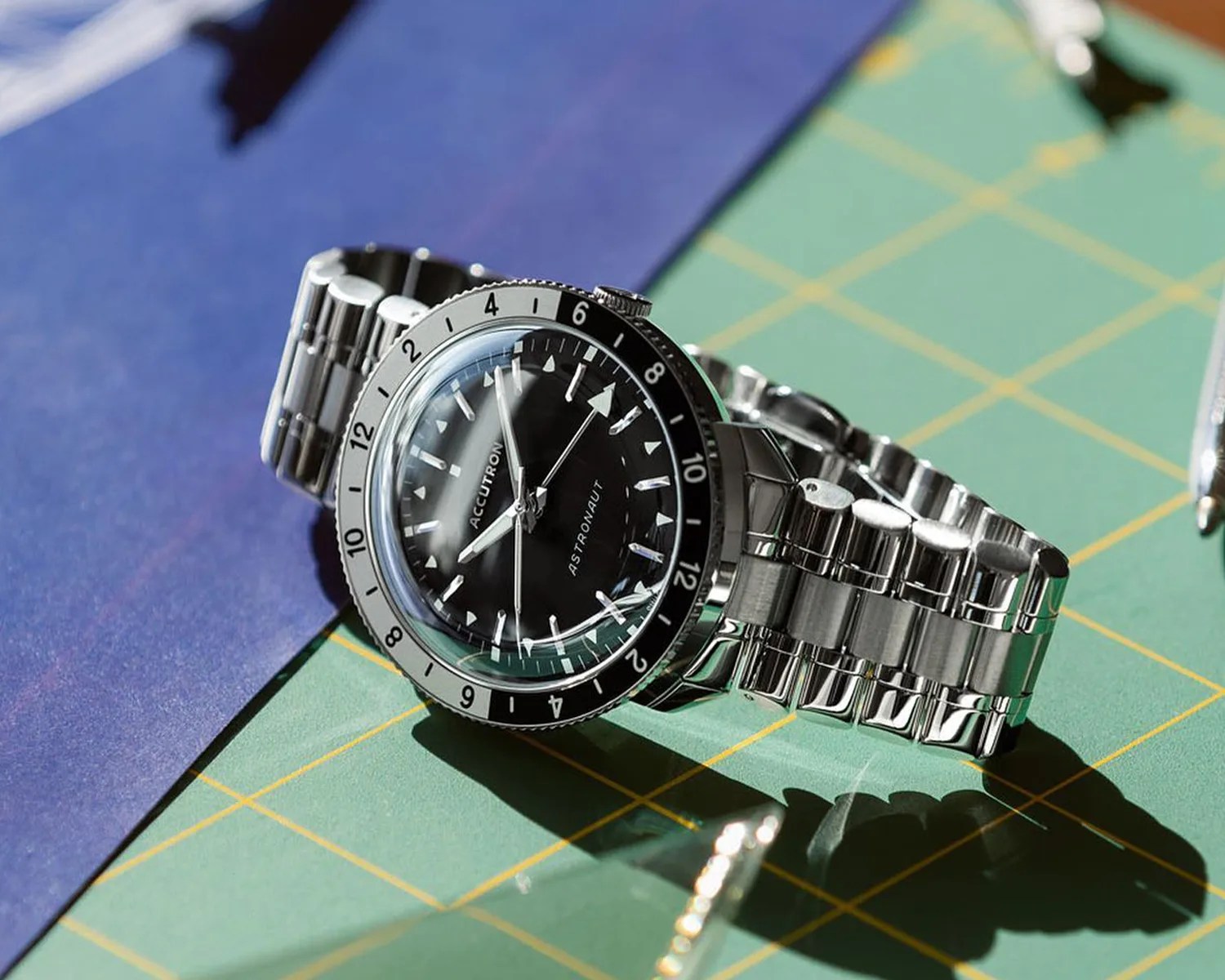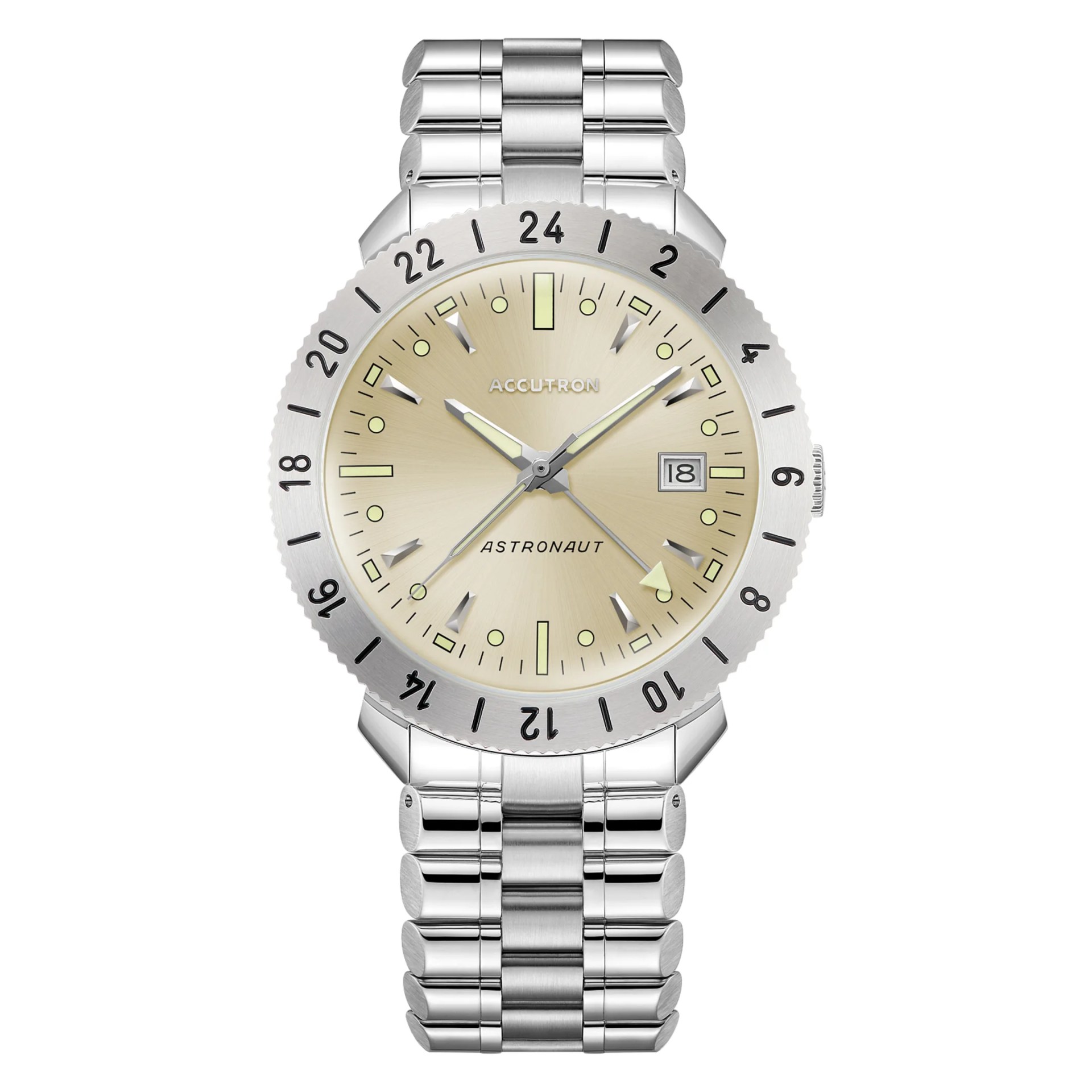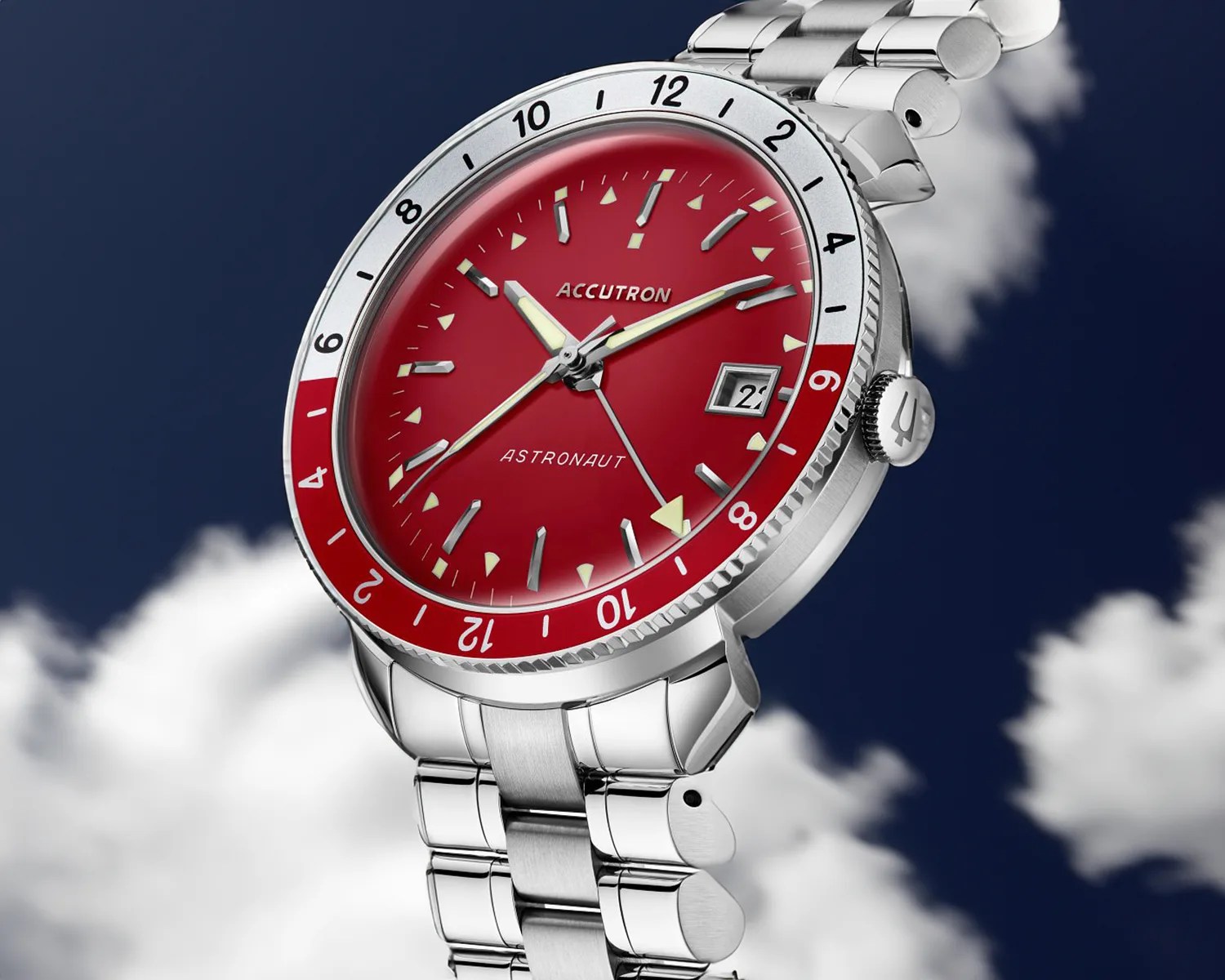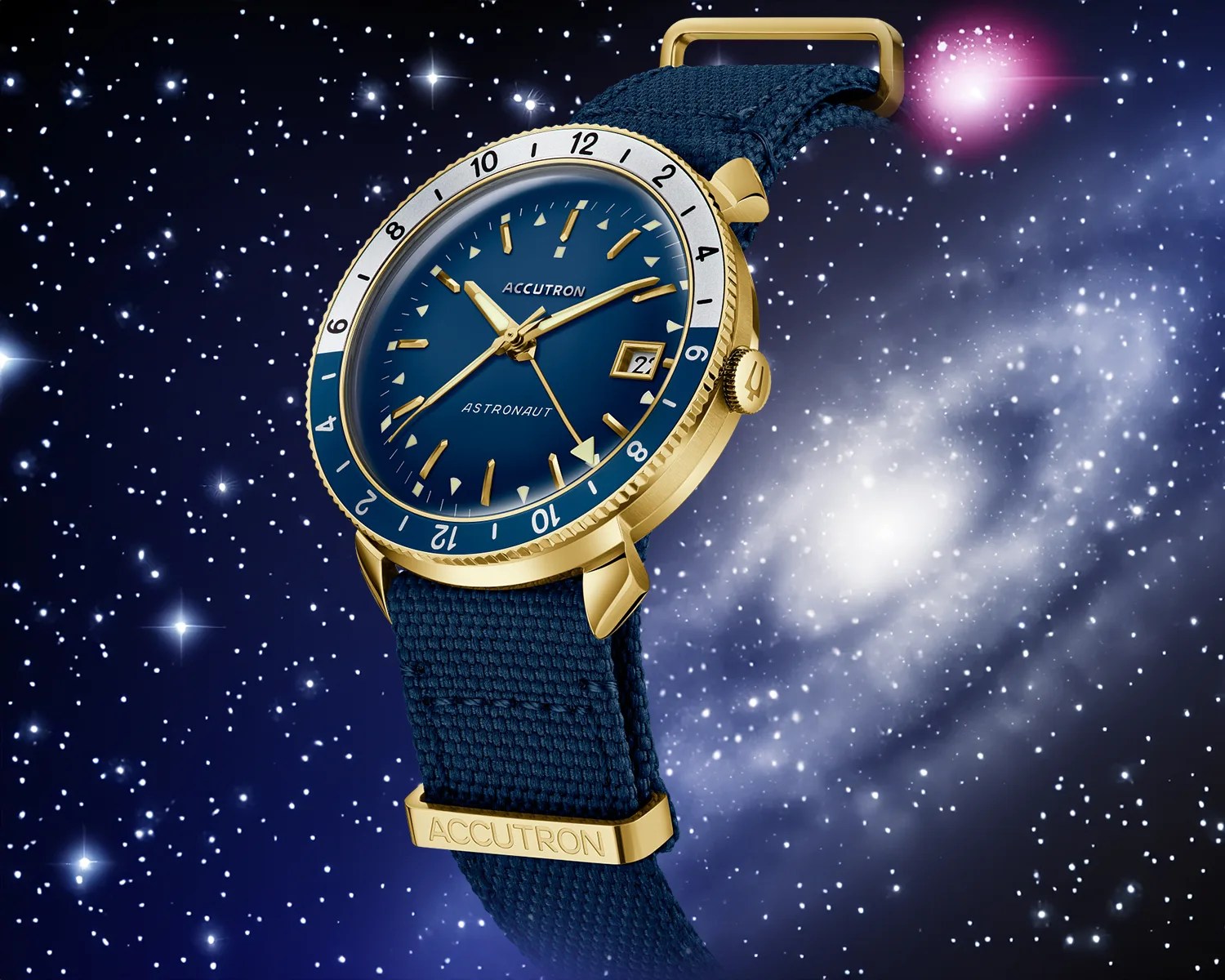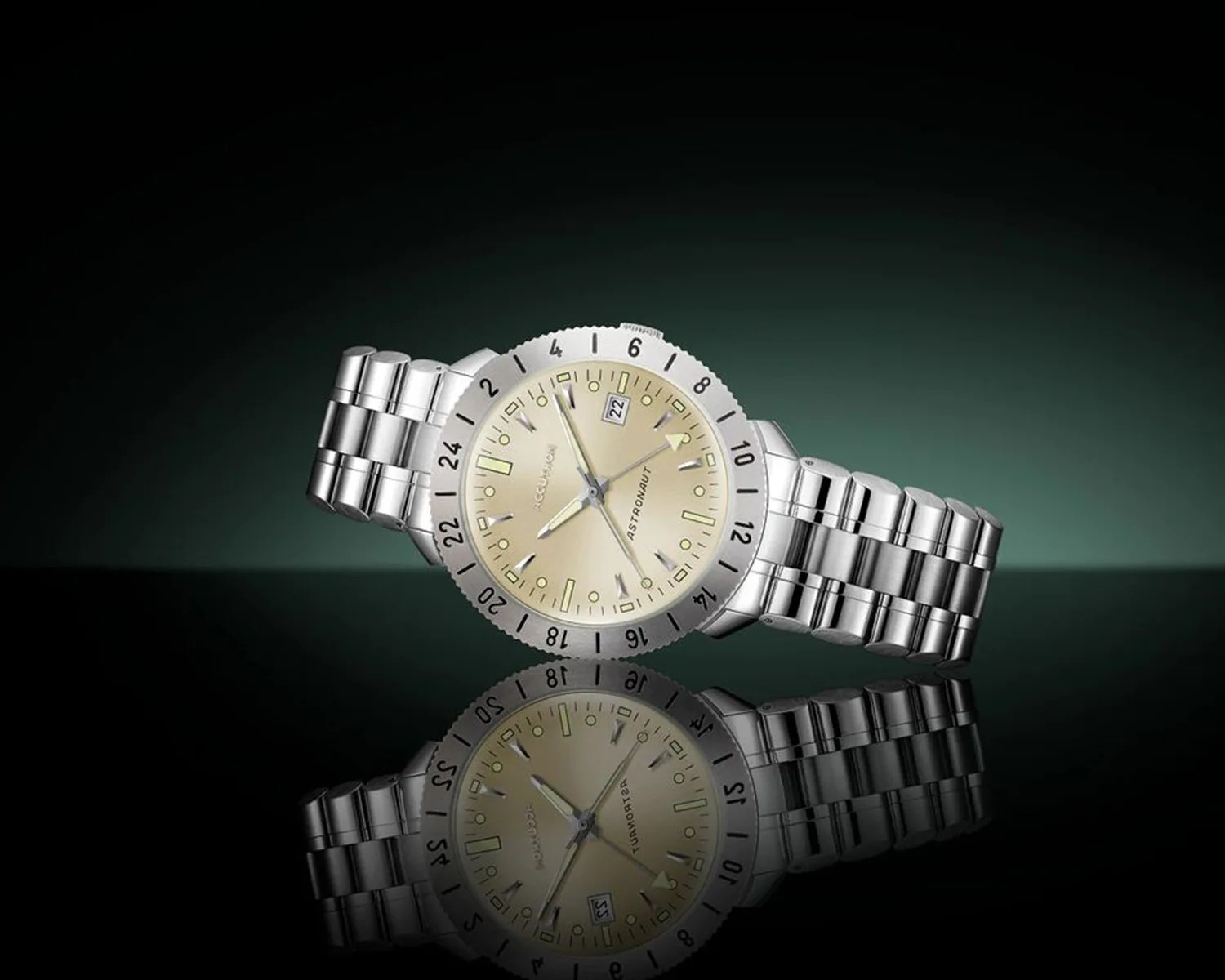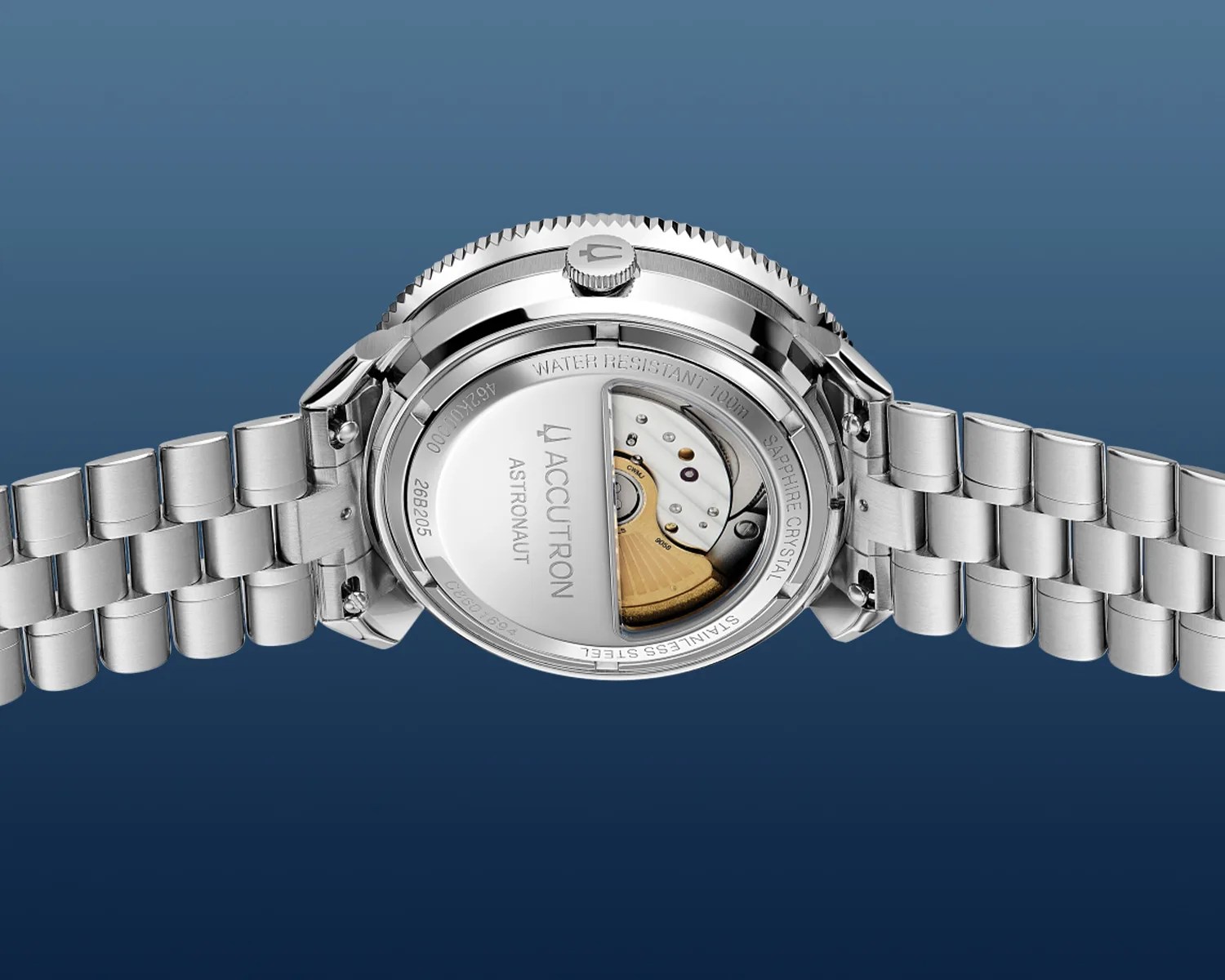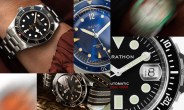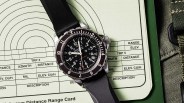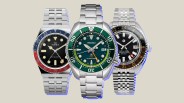The bulk of the world’s most iconic tool watches first made their debut in the mid-twentieth century.
The Rolex Submariner, GMT-Master and Daytona, Omega’s Speedmaster and Seamaster diver, the Heuer Monaco, the Breitling Navitimer … all of these watches first debuted in the 1950s or ’60s.
Right up there with the best of them at the time was the Bulova Accutron Astronaut.
Products in the Guide
Watches Just Don’t Get Any Cooler
Originally created in 1962 for the U.S. government, the original Accutron Astronaut was worn by test pilots in NASA’s X-15 rocket plane and the CIA’s A-12 spy plane programs. It also made it to space on several occasions on the wrists of early astronauts in the 1960s.
The Astronaut was everything an iconic tool watch should be. It had purpose-built functionality with a GMT complication and hacking seconds. It had distinct and attractive looks with its hidden crown lending it a space age-appropriate UFO shape, along with a unique enameled black and white day/night GMT bezel depicting two 12-hour scales on certain versions.

